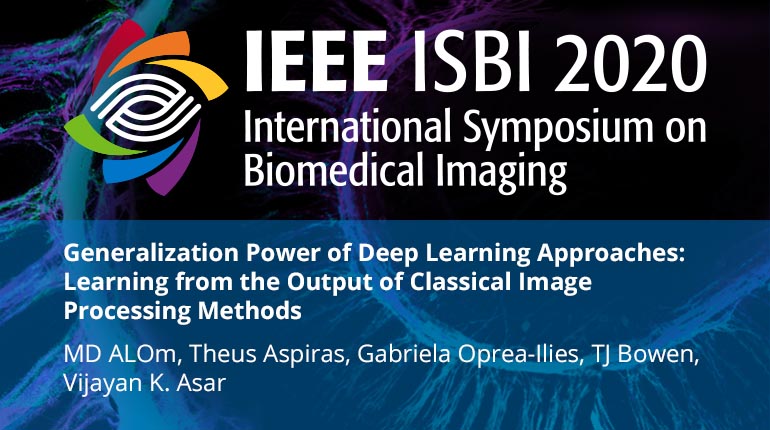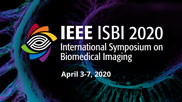Collection:

Due to the scarcity in the availability of large amount of labeled samples, training a deep learning model is becoming a very challenging task in computational pathology. In this paper, we show a solution for automatically generating labeled samples using classical image processing methods and exploring the generalization power of a DL approach for region segmentation. A Recurrent Residual U-Net (R2U-Net) model is trained on the labeled samples generated by employing Blue Ratio (BR) estimate along with an adaptive thresholding approach and verified by an expert pathologist. Testing of the system is performed on a set of completely new samples collected from a different Whole Slide Image (WSI). The R2U-Net shows significantly better performance compared to the BR with adaptive thresholding method alone, which proves the generalizability and robustness of DL methods for segmentation tasks in computational pathology.
- IEEE MemberUS $11.00
- Society MemberUS $0.00
- IEEE Student MemberUS $11.00
- Non-IEEE MemberUS $15.00
Videos in this product
Generalization Power of Deep Learning Approaches: Learning from the Output of Classical Image Processing Methods
Due to the scarcity in the availability of large amount of labeled samples, training a deep learning model is becoming a very challenging task in computational pathology. In this paper, we show a solution for automatically generating labeled samples using classical image processing methods and exploring the generalization power of a DL approach for region segmentation. A Recurrent Residual U-Net (R2U-Net) model is trained on the labeled samples generated by employing Blue Ratio (BR) estimate along with an adaptive thresholding approach and verified by an expert pathologist. Testing of the system is performed on a set of completely new samples collected from a different Whole Slide Image (WSI). The R2U-Net shows significantly better performance compared to the BR with adaptive thresholding method alone, which proves the generalizability and robustness of DL methods for segmentation tasks in computational pathology.
 Cart
Cart Create Account
Create Account Sign In
Sign In
